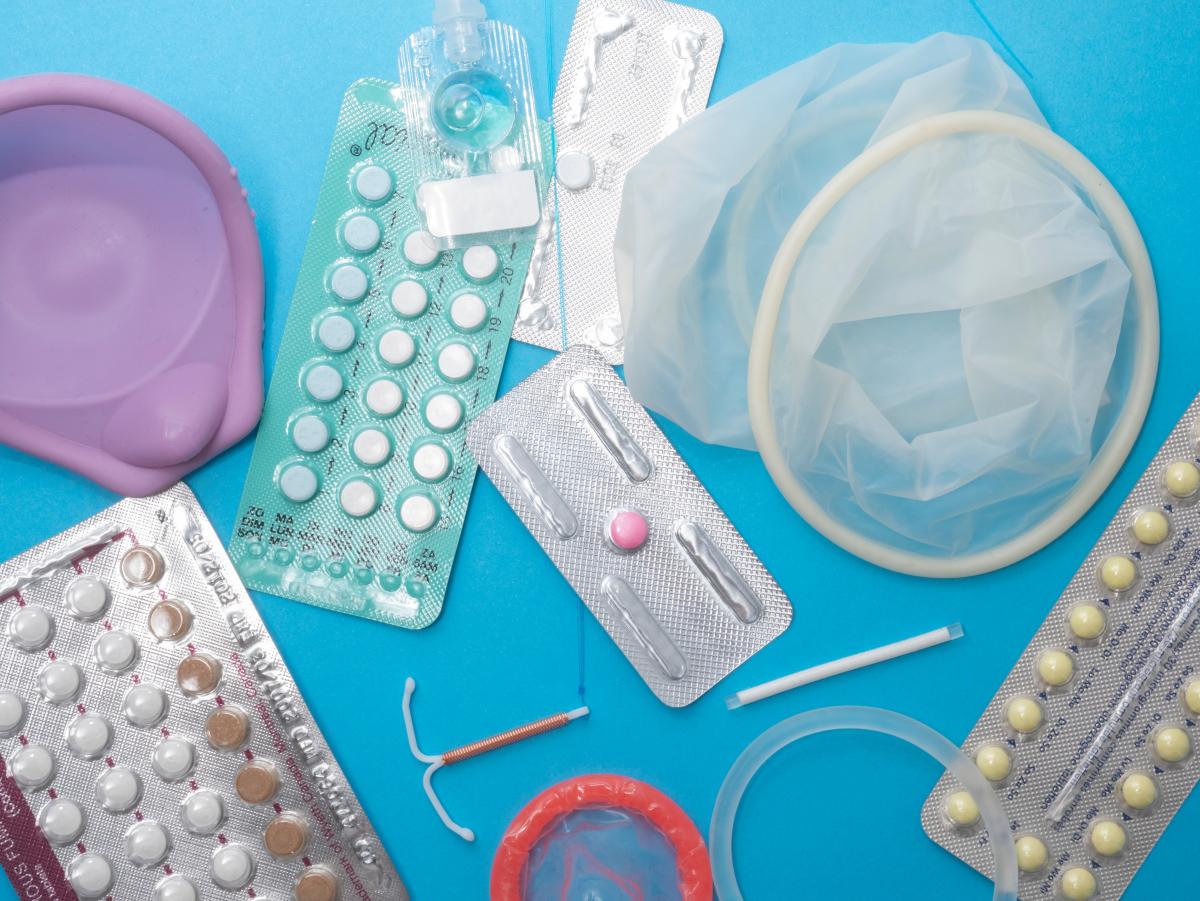
In April 2020, Hon. Ummy Mwalimu, Minister of Health, announced that Tanzania procured 90% of the contraceptives needed [1] for fiscal year 2019-2020 (FY 19-20) [2]. The Government of Tanzania, United Nations Population Fund, U.S. Agency for International Development, United Kingdom’s Foreign, Commonwealth & Development Office, and Global Fund collectively funded procurement of the commodities. The news was a welcome surprise given fears that pandemic-related budgetary pressures would decrease the country’s contraceptive stock.
This achievement demonstrates the country’s ongoing commitment to contraceptive security, which, alongside other strategic investments, has contributed to an improved contraceptive prevalence rate. In the same announcement, the Minister of Health reported that the current modern contraceptive prevalence rate for married women is 42% [3], up from 39% in 2019 [4].
The Advance Family Planning (AFP) initiative and its champions have built momentum to improve contraceptive security since 2010. Advocacy for an increased family planning budget allocation culminated in 2017, when the national government more than doubled its family planning budget allocation from 5 billion Tanzania Shillings (TZS) (US $2.3 million) in FY 16-17 to 14 billion TZS ($6.4 million) in FY 17-18—and continued to allocate that amount in subsequent years.
Additionally, the government increased overall funding for health commodities and supplies, including contraceptives, from 31 billion TZS ($14.5 million) in FY 15-16 to 270 billion TZS ($117.4 million) for FY 20-21, as stated by President Magufuli on June 16th [5]. Family planning advocates are optimistic this funding increase will further enhance contraceptive security in the country, one of the strategic priorities of the National Family Planning Costed Implementation Plan (2019-2023) [6].
The significant investment moves Tanzania closer towards realizing its FP2020 commitments, which were renewed in 2017 [7]. In its commitments, the government pledged to address commodity stock-outs through enhanced procurement and distribution of commodities. The Ministry of Health’s Service Delivery Point Survey Report (2018) [8] already reported some impressive progress on this commitment:
- More than 98% of the primary, secondary, and tertiary health facilities offer at least three modern contraceptive methods.
- All tertiary level facilities, 94% of secondary, and 76% of primary facilities offer at least five modern contraceptive methods.
- Eighty-five and 77.5% of urban and rural facilities, respectively, offer at least five modern contraceptive methods.
While the government allocation of 14 billion TZS ($6.4 million) for family planning commodities in mainland Tanzania remained unchanged over the past four financial years, subnational budgets are growing. Local government authorities (LGAs) have reportedly received a 51% increase of their total budget allocations from the central government in 2020. This increase provides family planning advocates with an opportunity to engage LGAs to increase family planning resources at the local level.
AFP and partners are currently conducting a family planning budget analysis for FY 19-20 to determine final government disbursements for family planning.
References
- Tanzania’s Ministry of Health produces a forecast to determine the number of contraceptives needed ahead of each fiscal year.
- Jamhuri Ya Muungano Wa Tanzaniawizara Ya Afya, Maendeleo Ya Jamii, Jinsia, Wazee Na Watoto. (2020, April). Muhtasari Wa Hotuba Ya Waziri Wa Afya, Maendeleo Ya Jamii, Jinsia, Wazee Na Watoto, Mhe. Ummy A. Mwalimu (Mb)Kuhusu Makadirio Ya Mapato Na Matumizi Ya Fedha Kwa Mwaka 2020/21. Retrieved August, 2020, from https://www.moh.go.tz/en/budget?download=500:muhtasari-wa-hotuba-ya-bajeti-ya-wamjw-kwa-mwaka-wa-fedha-2020-2021
- Family Planning 2020. (2020). Tanzania. Retrieved 2020, from http://www.familyplanning2020.org/tanzania
- Tanzania Reproductive and Child Health Sections. (2020). [Routine Service Statistics]. Unpublished raw data. The actual CPR increase will be reported in the on-going Tanzania Demographic and Health Survey being conducted in 2020.
- Magufuli, M. (2020, June). Otuba Ya Mhe. Dkt. John Pombe Joseph Magufuli, Rais Wa Jamhuri Ya Muungano Wa Tanzania Wakati Wa Kulihutubia Kwa Mara Ya Mwisho Bunge La Kumi Na Moja La Jamhuri Ya Muungano Wa Tanzania, Ukumbi Wa Bunge, Dodoma, Tarehe 16 Juni, 2020. Retrieved August, 2020, from . https://www.parliament.go.tz/news/hotuba-ya-mhe-rais-ya-kulifunga-bunge-la-11
- The United Republic of Tanzania Ministry of Health, Community Development, Gender, Elderly and Children (2019). Tanzania National Family Planning Costed Implementation Plan 2019-2023. Retrieved 2020, from https://tciurbanhealth.org/wp-content/uploads/2019/07/National-Family-Planning-Costed-Implementation-Plan-2019-2023-INSIDE-•-F....pdf
- Family Planning 2020. (2020). Tanzania. Retrieved 2020, from http://www.familyplanning2020.org/tanzania
- National Bureau of Statistics, Tanzania. “Service Delivery Point Survey.” 2018. Unpublished.

